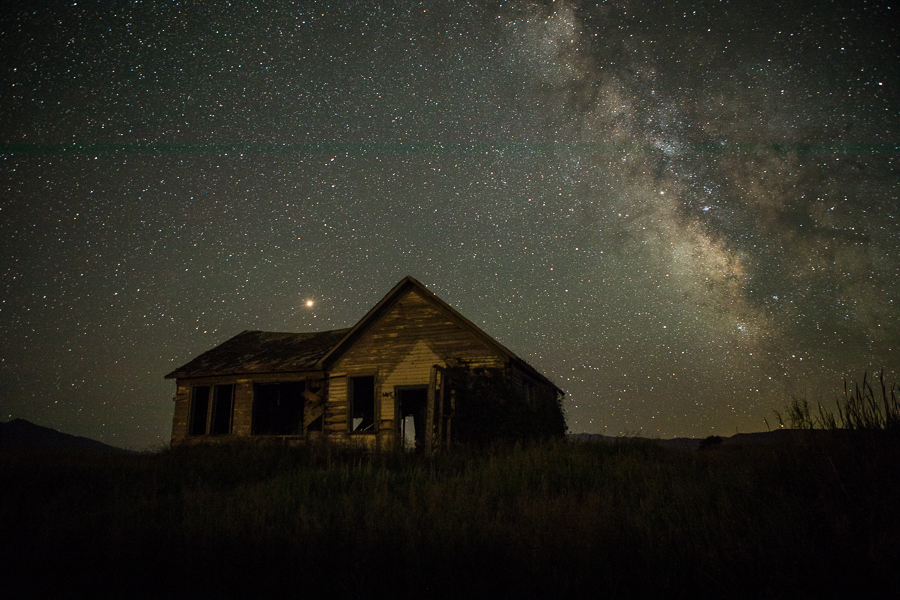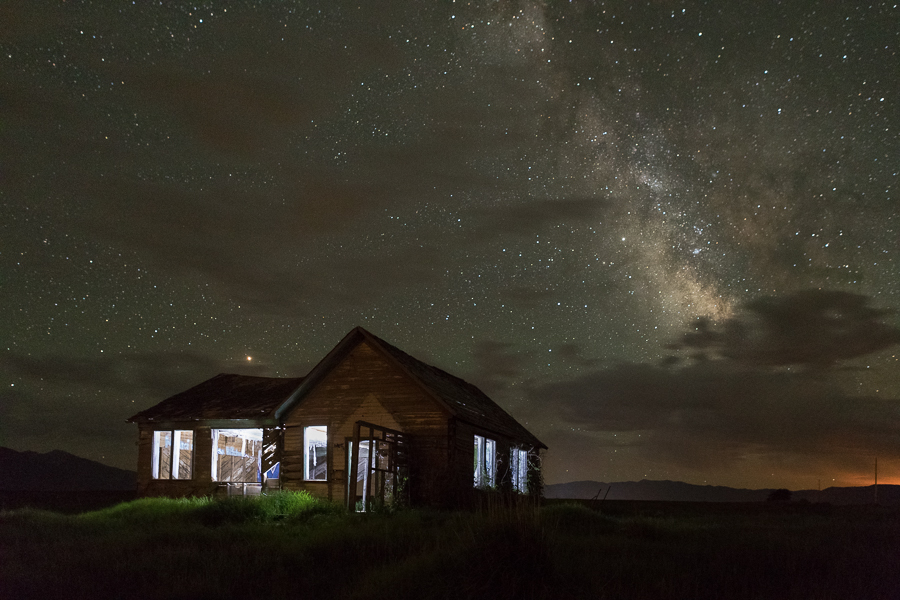Astrophotography
is the art and science of capturing images of the night sky. It can be a
rewarding hobby for anyone who loves astronomy and photography. In this
blog post, I will share some tips and tricks on how to get started with
astrophotography, what equipment you need, and how to process your
images.
The first thing you need for astrophotography is a camera. You can use
any type of camera, but a DSLR or a mirrorless camera is preferred
because they offer more control over the settings and have better
low-light performance. You also need a tripod to keep your camera stable
during long exposures. A remote shutter release or a timer can help you
avoid camera shake when pressing the shutter button.
The second thing you need is a lens. The choice of lens depends on what
kind of objects you want to photograph. For wide-field astrophotography,
such as star trails or the Milky Way, you can use a wide-angle lens with
a fast aperture (f/2.8 or lower). For deep-sky astrophotography, such as
nebulae or galaxies, you need a telephoto lens with a high focal length
(200mm or more) and a low aperture (f/4 or lower). You can also use a
telescope with a camera adapter to get even closer to the celestial
objects.
The third thing you need is a clear and dark sky. You want to avoid
light pollution and clouds as much as possible. The best time to do
astrophotography is during the new moon phase, when the moon is not
visible in the sky. You also want to check the weather forecast and the
astronomical calendar to plan your shooting sessions. You can use apps
or websites such as Stellarium, SkySafari, or PhotoPills to find out
where and when the objects you want to photograph will be visible.
The fourth thing you need is patience and practice. Astrophotography is
not easy and it requires a lot of trial and error. You have to
experiment with different settings, such as ISO, shutter speed,
aperture, focus, and white balance, to find the optimal combination for
your subject and conditions. You also have to learn how to process your
images using software such as Photoshop, Lightroom, or PixInsight.
Processing involves stacking multiple images to reduce noise and
increase detail, adjusting the colors and contrast, cropping and
rotating, and applying filters and effects.
Astrophotography can be a fun and rewarding hobby that allows you to
explore the beauty and mystery of the universe. With some basic
equipment, knowledge, and skills, you can capture stunning images of the
stars and planets that will amaze your friends and family. I hope this
blog post has inspired you to give it a try and enjoy the wonders of the
night sky. |



